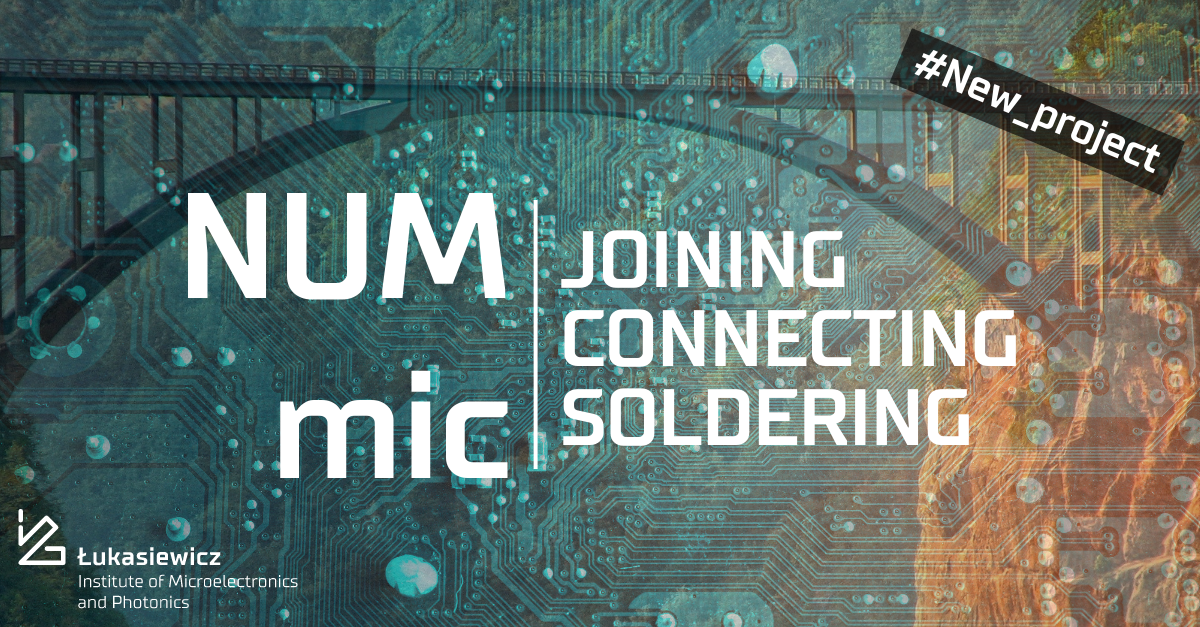Almost all electronic devices go through the soldering process during production. Therefore, taking care of it is crucial for avoiding problems during the use of devices in the future.
In addition, progressing miniaturization and increasingly difficult working conditions of electronic devices require more and more precise soldering technologies. What’s more, the sustainable development of technology is also an important issue due to the EU’s pursuit of carbon neutrality.
This is where our latest project implemented as part of the OPUS NCN program – NUMmic comes in. Its effect will be an environmentally friendly, properly adjusted soldering technology using composite soldering alloys.
Thanks to it, we will learn about the influence of ceramic nanopowders on the microstructure of solder joints as well as their mechanical, electrical, and thermal properties. This will contribute significantly to the development of soft soldering technology!
To make it possible, our researchers focus on saturated vapor soldering (VPS) technology. It is an environmentally friendly reflow soldering method as it has the best energy efficiency.
However, apart from the soldering technology itself, the second important aspect of the fabrication of good solder joints is the solder alloy. One of the current trends in improving the properties of solder alloys is the use of additives to the solder paste in the form of ceramic nanopowders, such as TiO2, Si3Ni4, SiC, ZnO, etc. The powders change the thermal and mechanical parameters of solders by reducing grain sizes and modifying grain boundaries.
The first stage of the project is the development of a numerical model at the solder joint level to study the heat transfer mechanisms during saturated vapor soldering. The reason behind this is that it is the most influential factor in shaping the microstructure of the solder joint.
In the second stage, our scientists will carry out metallurgical tests of composite joints (formation of intermetallic layers and determination of grain size) fabricated at various heat transfer coefficients, verifying the hypothesis about the influence of heat exchange on the microstructure of the joint.
Prof. Balázs Illés is the project manager.


